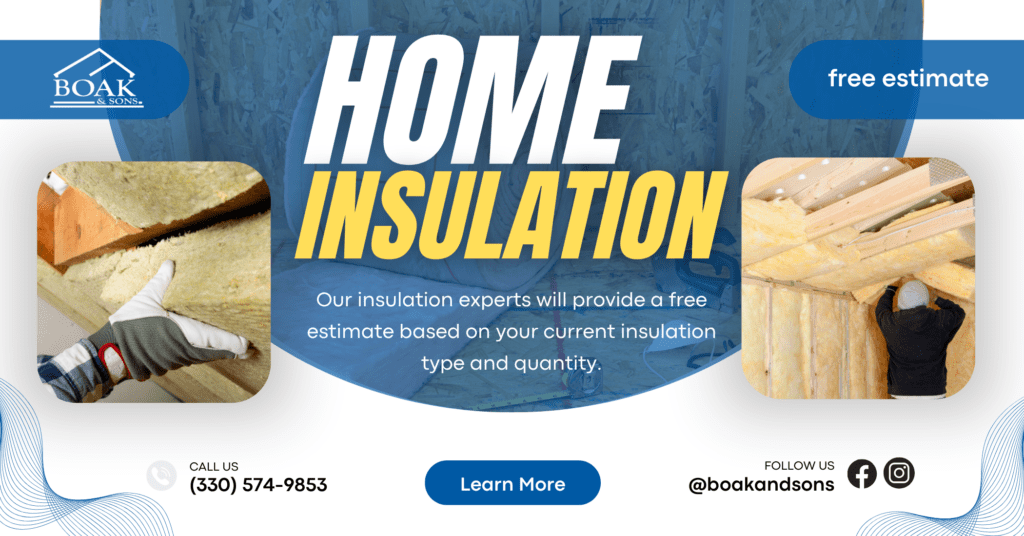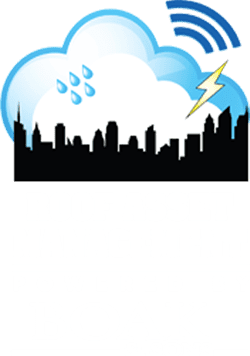Anyone living in an improperly insulated house knows how difficult it can be to keep your home warm, cool, or cozy. Small sections of missing insulation can make a huge difference to your energy bill, and may even cause physical damage to your home over time if mold starts to grow where condensation forms on walls, or ice dams are caused by snow melting and refreezing on your roof.
Unless you want to tear down your walls, you can’t usually see where you’re missing insulation, making it a frustrating problem to try and tackle. However, you are able to see areas of missing insulation with thermal imager. Moisture is just one sign that your home insulation is poor. Below we discuss a variety of possible indicators. If you’re experiencing multiple of these signs, it may be time to call an expert.
Condensation
When there is little to no insulation, it can create condensation problems in the walls. It’s important to make sure your walls are insulated to avoid microbial growth from being able to develop in the condensation present.
Air leakage
Air leakage or drafts are another sign that you may have an insulation problem. Air leakage has many contributing factors from visible cracks, poor ventilation, gaps, holes and more!
Cold floors or walls
You will notice areas in your home or building that are cold to the touch and will have a temperature difference from a lack of insulation in the walls.
Stains or Odors, such as mold
Stains or strong smells of odors of mold or mildew in your home can indicate that your insulation or wall barriers are compromised and will need replaced due to condensation getting inside.
High energy bills
Recommend asking your neighbors about their utility bills with a similar size, and compare whether or not you are paying a higher rate.
Noise transfer
A highly insulated wall, ceiling, or floor tends to muffle sounds transferring. If it is common for you to wake up in the middle of the night due to light wind or trash can falling over, then it is time a expert inspects your interior walls for proper insulation.
You are not alone when it comes to stressing about keeping your energy bills low and your home cozy enough for yourself, kids, or your guest. Small areas of your home or building where insulation is missing can make a significant difference in your energy bill and cause air drafts or mold from condensation. Are you wondering how you can check if your home is properly insulation?
Unless you want to tear down your walls, you can’t usually see where you’re missing insulation, making it a frustrating problem to try and tackle. However, you are able to see areas of missing insulation with thermal imager. Moisture is just one sign that your home insulation is poor. Below we discuss a variety of possible indicators. If you’re experiencing multiple of these signs, it may be time to call an expert.


